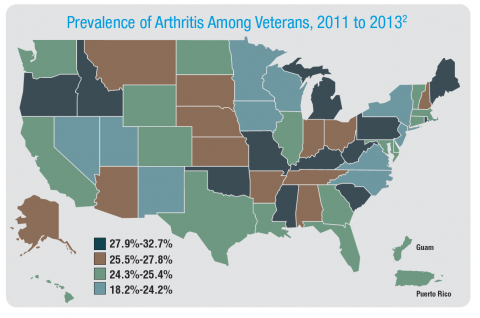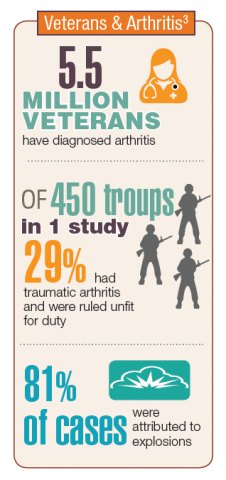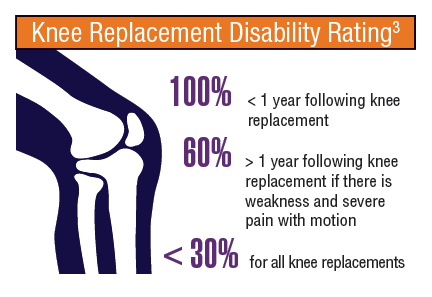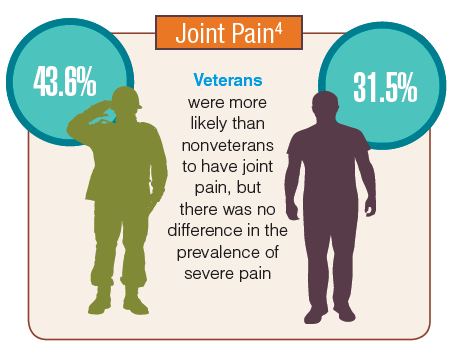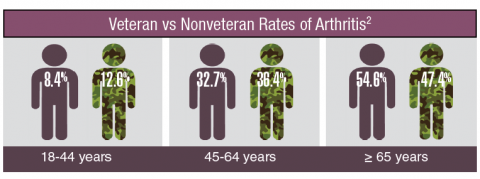Arthritis and other rheumatic conditions are the most common cause of disability among older adults in the U.S. and have a considerable impact on health, quality of life, and health care costs. According to the CDC, the total direct and indirect cost of arthritis and other rheumatic conditions in the U.S. during 1997 was $86.2 billion, or 1% of the U.S. gross domestic product.1 As a result of the rapidly growing number of older adults, the prevalence of arthritis is expected to increase substantially over the next 2 decades.
Rheumatoid arthritis is a systemic autoimmune disease that manifests primarily in the joints, leading to substantial morbidity, reduced survival, and enormous health care costs. It is one of the most common chronic conditions among veterans and is more prevalent in this group than it is in nonveterans. Similarly, the incidence of osteoarthritis among veterans is considerably higher than the incidence is in the general population. The VA health care system is faced with treating a large number of veterans with arthritis, whose joint symptoms and limitations are more severe than are those of the general population. Furthermore, the burden of treating these veterans will increase as the number of older veterans grows during the next decade.

